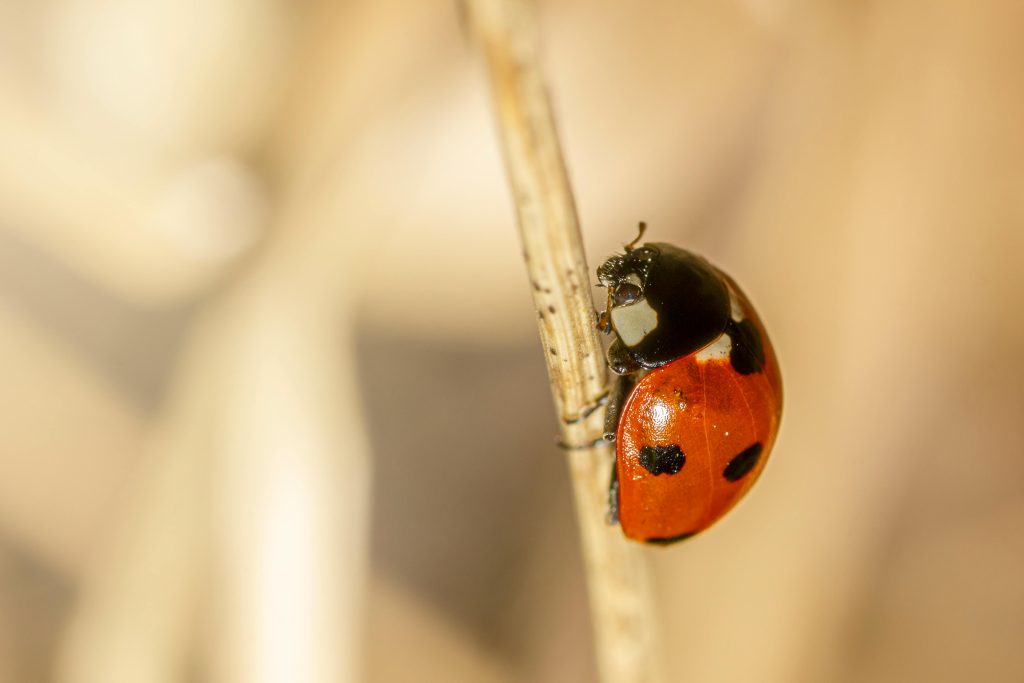MRU expert sounds alarm on Calgary’s surging invasive ladybug population

Posted Sep 28, 2024 1:16 pm.
Last Updated Sep 28, 2024 3:56 pm.
An influx of an invasive species of ladybugs in Calgary has a Mount Royal University expert sounding the alarm, as it is killing off native species at an alarming rate.
If you’ve been spending this warm fall weather in your garden, you may have noticed a whole lot of ladybugs around.
While this is not abnormal for this time of year, Dr. Tonya Mousseau, a lecturer in MRU’s biology department, says the seven-spotted lady beetle population is larger than it’s ever been, and it might be too late to fix the problem.
The seven-spotted lady beetle originates from Europe and was introduced to North America to help combat plant pests — aphids in particular — according to the Government of Canada’s wild species registry.
Since the 1970s, the population has grown to established levels and is now seen throughout Canada, becoming the common lady beetle in agricultural areas.
“But the real problem is that they’re being sold in different greenhouse stores and plant stores, just as a good biological control, and people don’t realize that they’re buying the bad, invasive species,” Mousseau said.
European beetles also have an edge over the native species, because they also tend to fare better in urban centres. She says this is only fueling the problems they cause Canada’s native ladybugs.
“They can feed on our native lady beetles. They can feed on other insects. They seem to survive a lot better in cities than our native species. So that means they can just hibernate under leaf litter or on our lawns,” she said.
There are over 160 lady beetle species in Canada, including the native Transverse lady beetle, a species under special concern, according to the Committee on the Status of Endangered Wildlife in Canada (COSEWIC).
It says this is due to competition with the seven-spotted lady beetle and the multicoloured Asian lady beetle, in addition to being the prey for the invasive species.
Mousseau says her biggest fear is the loss of biodiversity, as the sale of them as a form of biological control is becoming unavoidable.
“I don’t know how this can be stopped,” she said. “I mean, in Eastern Canada, it’s really bad. They’re just taking shovelfuls full, but in Alberta, it hasn’t been that bad until this year.”
The invasive bugs are almost twice the size of the native species, with more dots.
Mousseau says, unfortunately, at this time, there’s no real way to stop their population growth except by avoiding buying them.
She’s hoping that bringing attention to the issue will result in more research and prevention efforts.
Gardeners should note that garden centres that sell ladybugs from the Natural Insect Control (NIC) are native to North America. That species is the convergent ladybug, which is the most common ladybug in the continent.
Editor’s note: This story has been edited for clarity








